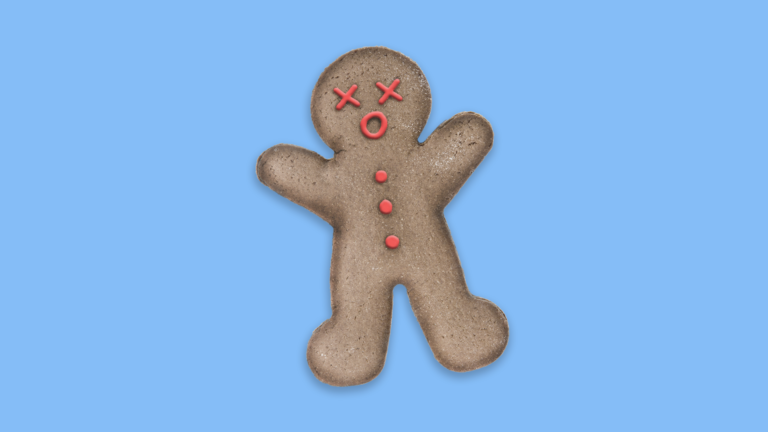The Cookie is Going Away. What Should I Do?

We know the cookie is going away, and while we don’t know exactly when it will die, we do know that it will. Data collected by companies over the years and sold to advertisers, aka 3rd Party data, will no longer be functional for targeting consumers online. Data-based, interest-based, look-alike, and in-market audiences won’t be targetable with the demise of the cookie. Advertisers won’t be able to build and target campaigns to reach “Moms, 25-44, with 2 kids who drive a minivan,” or “current Citibank cardholders,” or “lapsed McDonald’s patrons”.
While Firefox and Safari already actively block cookies, Google Chrome (comprising +60% of the web browsers in use) had not followed suit until 2019, when they, too, announced that the cookie would be gone in Chrome by 2022. Later, in 2021, Google adjusted their projection and stated it would be 2023 before the Chrome browser goes cookieless.
Where does that leave the state of digital targeting? What, specifically, is changing or going away?
- Data Targeting: Data Targeting is the use of data purchased from other sources to target consumers. For instance, reaching Adults, 25-54 who drive minivans. This will go away.
- Behavioral Targeting: Behavioral Targeting, or BT, is targeting based on a consumer’s online footprint, or how they “behave” across various web properties. This would include in-market audiences and interest-based audiences. This depends on cookies to work.
- Look-alike Targeting/Audience Extension: This is a modeled form of targeting where consumers who “look like” an advertiser’s current customers digitally are targeted based on their shared characteristics. This will go away.
- Retargeting: Retargeting, or remarketing, is when ads are shown to consumers who have already shown interest in a product or service by visiting an advertiser’s website. The future here is a bit hazy as some sources state this type of data is 3rd party and will go away and others consider it first-party data, which means it stays.
Other items of relevance for advertisers that will go away, or change, include:
- Brand Studies: Control and exposed groups of individuals won’t be available, so brand studies won’t be able to show lift, perception, or reputation.
- Frequency Capping: Frequency capping is how advertisers avoid hammering the same consumer with the same ad over and over and over and over…you get the idea. No cookies mean that advertisers will need to find new ways to keep from bombarding consumers.
- View-Through Conversion tracking: View Through conversions, or conversions without a click, are when consumers are exposed to a product via an online ad, never click on the ad, but convert on the advertiser’s website anyway. View Through conversions not only attribute conversions fairly but also allow advertisers to get a better picture of what’s working.
So, what should we do, specifically?
In the near term, start reducing reliance on third-party data. In other words, ask your ad agency or media team for alternative targeting options. Start thinking of your audience not as fitting into categories, but rather as 3-dimensional beings who have worries, interests, hobbies, likes, dislikes, etc. Start testing the following:
- Contextual Targeting: What do your current customers read online? What types of content might they be consuming? Do you have any data insights from your CRM that you can leverage to come up with a picture of your audience that defines them by where they are likely to be hanging out online?
- Keyword Targeting: What keywords might they search? Since Google doesn’t provide any information on actual searches, realize that the keywords will be from website searches. What is your customer searching out? Financial questions, automobiles, quilting, or similar?
Long term, figure out a way to make use of your first-party data (your customer’s data). Start to build your email, direct mail, and newsletter lists. Ask your current customers questions to better be able to target new customers. If you have a loyalty program or email addresses, think of ways to further your business through your current customers by new offers, incentives, etc. Additionally, start thinking about a content strategy to promote your business or specific offerings.
While these changes are dramatic, rest assured that new digital targeting solutions are in the works, like Unified ID 2.0 and FLoC, that may replace cookies with ease.
While there’s no set answer yet, now is the time to start increasing your first-party data, test and learn new targeting strategies, and get to know your current customers better.






![Supplier-Diverse-logo[80] Supplier-Diverse-logo[80]](https://hoffmannmurtaugh.com/wp-content/uploads/elementor/thumbs/Supplier-Diverse-logo80-q1aarjz0bfmhzi7ttv7rocd5wxiwta6bizbjwmiync.png)